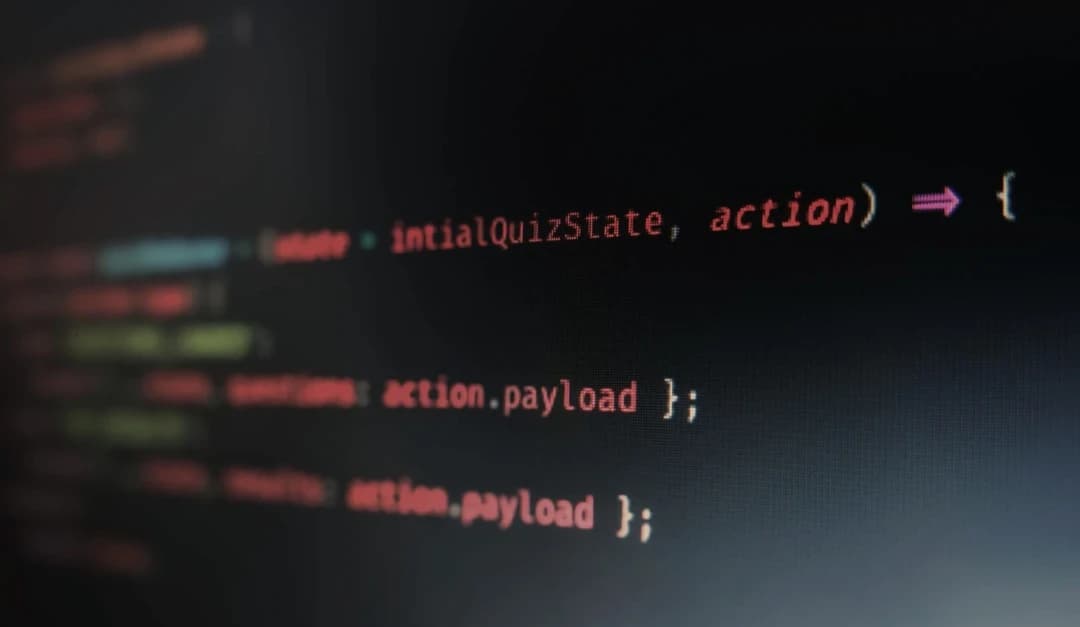
Functions. Functional JS Series (Part 2)
Saturday, April 25, 2020 17:34
This article is part of a series
Series Title: A Fool's Guide To Writing Functional JS
In the last article, I introduced some core concepts of Functional Programming; but I quickly glossed over Pure Functions. The goal of this article is to discuss functions in more detail.
If there is one thing that you can call absolutely necessary to do functional programming is a good understanding of Functions. (I guess you could infer that from the name, Functional Programming)
What is a function?
If you are a programmer of any kind, you are probably already familiar with functions. But, I will still ask you, what is a function?
I hear some JS folk going, I know what a function is:
function doSomething(x) {
return x + 42
}
It's this (👆) thing. Or this
const addTwo = function (x) {
return x + 2
}
Or the real clever guy thinking, its this
const addOne = x => x + 1
Yes, all of those are functions. But those are examples of functions. What I want you to think about is,
What is a function? And what does it do?
As you may/may not be aware, the world of computer science is very intertwined with the world of mathematics. Functions are one of many things that we borrow from the world of mathematics.
However, math is very abstract (for good reason). And so, if you look for a definition of functions in mathematics, you will find multiple. One that I like is,
A function is a relation between 2 sets
Or in less abstract, computer science-y terms
A function is a mapping between an input and an output
So, we can say that a function is a thing that takes some input and gives back some output.
Now there are several rules that a thing must follow before it can be considered a function, the most important ones are:
-
Multiple inputs can map to a single output
// for a function fx, fx(1) // => true fx(-1) // => true -
Same input can not map to multiple outputs.
This is because that would lead to non-deterministic behavior and this is undesirable in both computer science and math.
fx(1) // it should not be true once and false the next second.
Now you may be thinking,
What about functions that don't return anything.
I don't know (nor care for the purposes of this discussion) about the behavior of this in other languages, but in JS your functions always return something whether you want to or not.
If you do return something, that's well and good.
However, if you don't, JS returns undefined for you.
So your function that returns nothing, is actually a mapping from some input to undefined. But more importantly, you might be getting the results of such a function in some other place, maybe the function is pushing the result on to a variable outside its scope.
In that case, It's an impure function and its causing side effect. And you should probably avoid doing that (when possible).
But you might be thinking,
What about functions that don't take an input.
This can go one of several ways,
-
Your function always returns something valuable if you call it with no input. Your function is a mapping from a null set (nothing) to a value, It's a function.
-
Said function takes no input and returns nothing (or
undefined) as we discussed.- It is useless (i.e. not doing anything), but It's a function.
- It is useful (i.e. gives some output), but its output is not available as a return value, Its (probably) not a (pure) function, and you should try and avoid these (this is a side effect!)
So, we now know what functions are, that's it right? That's all there is to know about functions?
Au contraire, mon ami. You can dig yourself into a tunnel, learning about functions. But, for our purposes of learning FP in JS. We can talk about some special types of functions that follow the rules above and do some interesting things.
Recursive Functions
Do you know what factorials are?
It's this thing you express in math with an exclamation mark after a number like 5!.
What's it do? It's an interesting bit of math, it's useful for a lot of things that we are not going to discuss right now. The important bit is that we can not just use a number followed by and exclamation mark after it to get a factorial in code. We need to make that functionality ourselves.
Luckily, factorials are very intuitive. There's just two rules about factorials, and you can get the factorial of any number with those.
-
Factorial of 0 is 1. Or,
0! = 1 -
Factorial of a number X is X multiplied by the factorial of (X-1).
Or,
n! = n ✕ (n-1)!Example:5! = 5 * 4!
So if we wanted to find the factorial of 3, it would go something like this,
3! = 3 * 2!
2! = 2 * 1!
1! = 1 * 0!
0! = 1
Simplifying,
3! = 3 * 2 * 1 * 1
If we wanted to implement this behavior in a function and call it fac. How would you go about doing that?
You're probably thinking of loops and if-else statements. But there is a very simple way where we can take the rules of factorial word for word and translate that into code, and it would work.
This is how it goes
function fac(n) {
if (n === 0) return 1 // this is our rule number 1 being satisfied.
return n * fac(n - 1) // rule number 2 being satisfied
}
That's it! This is a very simple and functioning implementation of factorial.
So, how does it work?
This is an example of a recursion; a function that calls itself to do something or get a result.
In every (intentional) recursion in the world, there are always at least 2 logical cases.
- A base case where the function does not call itself (so the recursion is not infinitely spiraling out).
- A recursive case where the function calls itself.
In the example above, Line#2 is our base case. As you might have noticed, this is usually something that's either easily computable or known. Line#3 is our recursive case, This is usually where we put the repetitive behavior.
A word of warning,
While JavaScript is usually a good enough language for exploring functional concepts, this is one of the places where functional and JS doesn't necessarily agree.
A recursion is usually fine for simple algorithms that don't need too many recursive calls in JS. But, if your algorithms does a recursive call way too many times, it's either not going to perform well or going to crash because of a stack overflow.
In the future, We might discuss techniques such as memoization to get over this kind of limitations or to make our code more performant than a naive recursion.
Higher-Order Functions
Let's get straight to the point, As previously discussed... A function is a mapping from input to an output.
A Higher-Order Function is a function that maps,
- From function(s) (input) to output
- From input to function
- From function (input) to function (output)
Take a moment to absorb all of that. If a function does any of those 3 things, it's a higher order function.
Let's see a few examples,
function propSatisfies(prop, pred, obj) {
let val = obj[prop]
return pred(val)
}
let data = {
age: 21
}
function isAdult(age) {
return age >= 18
}
propSatisfies('age', isAdult, data) //=> true
In the example above,
Our function propSatisfies takes in 3 parameters(inputs),
prop: a string (name of a property)
pred: a function that takes an input and returns true or false
obj: an object whose prop property will be checked against pred.
Our function returns a value, either true or false
On the last line, we call the propSatisfies function using 3 values,
prop⇒'age'pred⇒isAdultobj⇒data
isAdult is a simple function that takes an age and returns true or false (i.e. a predicate). This is not a Higher-order Function
'age' is a string literal, so not a Higher-order Function
obj is an object, not a Higher-order Function.
So, which one is the Higher-order function? propSatisfies
Why? Because it maps a function (isAdult) to a value true or false.
Let's look at another Higher-order function.
function add(a) {
return function (b) {
return a + b
}
}
let addOne = add(1) //=> this returns a function
let addTen = add(10) //=> this too returns a function
addTen(1) //=> returns 11
In this example,
add is a function that takes in 1 parameter, a (A number).
Our function returns another function.
add, here, is a Higher-order Function, because it returns a function.
Our add function also employs another interesting FP concept called a closure, we will discuss how our function and closures work another day. For the purposes of this discussion just understand that add is a Higher-order function because it returns another function.
Let's look at a final function that does both of these things, take in function(s) and returns a function.
function combine(outer, inner) {
return function (arg) {
return outer(inner(arg))
}
}
function double(num) {
return 2 * num
}
function square(num) {
return num * num
}
// a function that doubles and then squares a number
let dSquare = combine(square, double)
In this example,
combine takes in two arguments outer and inner, both of which have to be functions. So, we can already see that it is a Higher-order Function
combine also returns a function that combines the functionality of both inner and outer. Once again, it's a higher-order function (because it's returning a function)
When we call combine with square and double as arguments, it returns a function that takes an argument arg and returns a value by calling inner with arg and then calling outer with the return value of the inner call. In essence, combining the two functions. So, dSquare is now a function that, when given a number, doubles it first and then squares it and then returns the result of those operations.
In later articles, We will discuss a function that's basically combine but much more flexible and powerful. (For the really curious people, look up compose).
That's all for today, folks.
Peace ✌️
